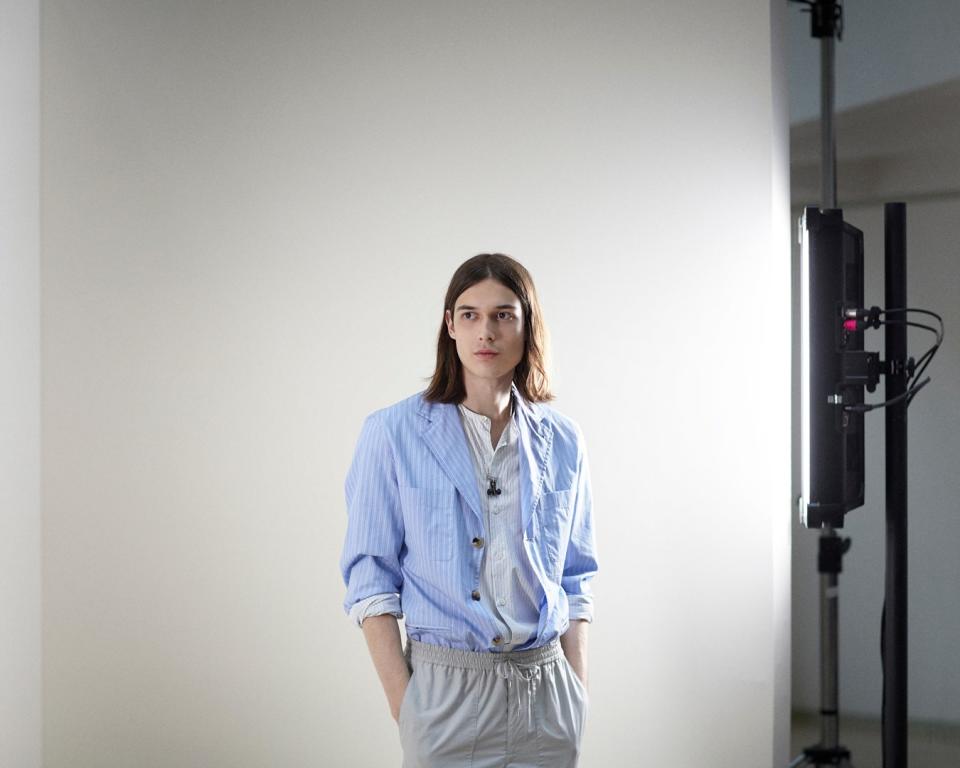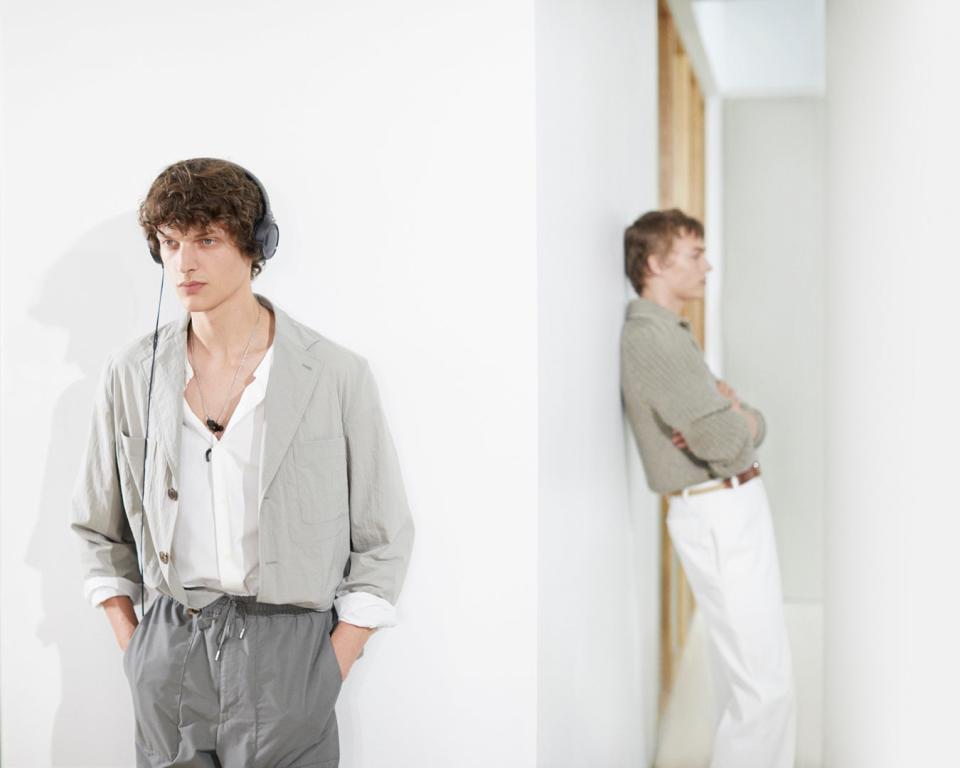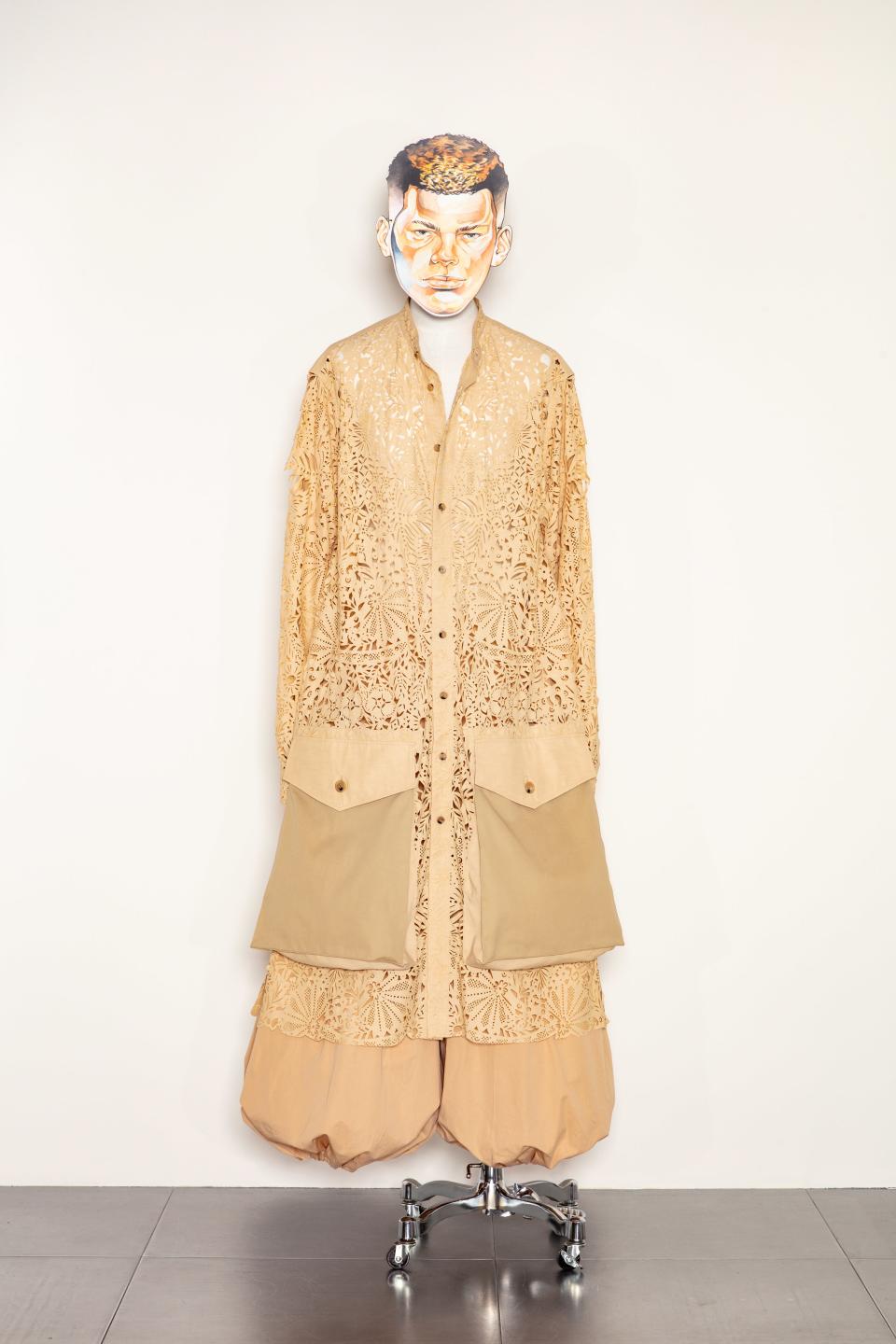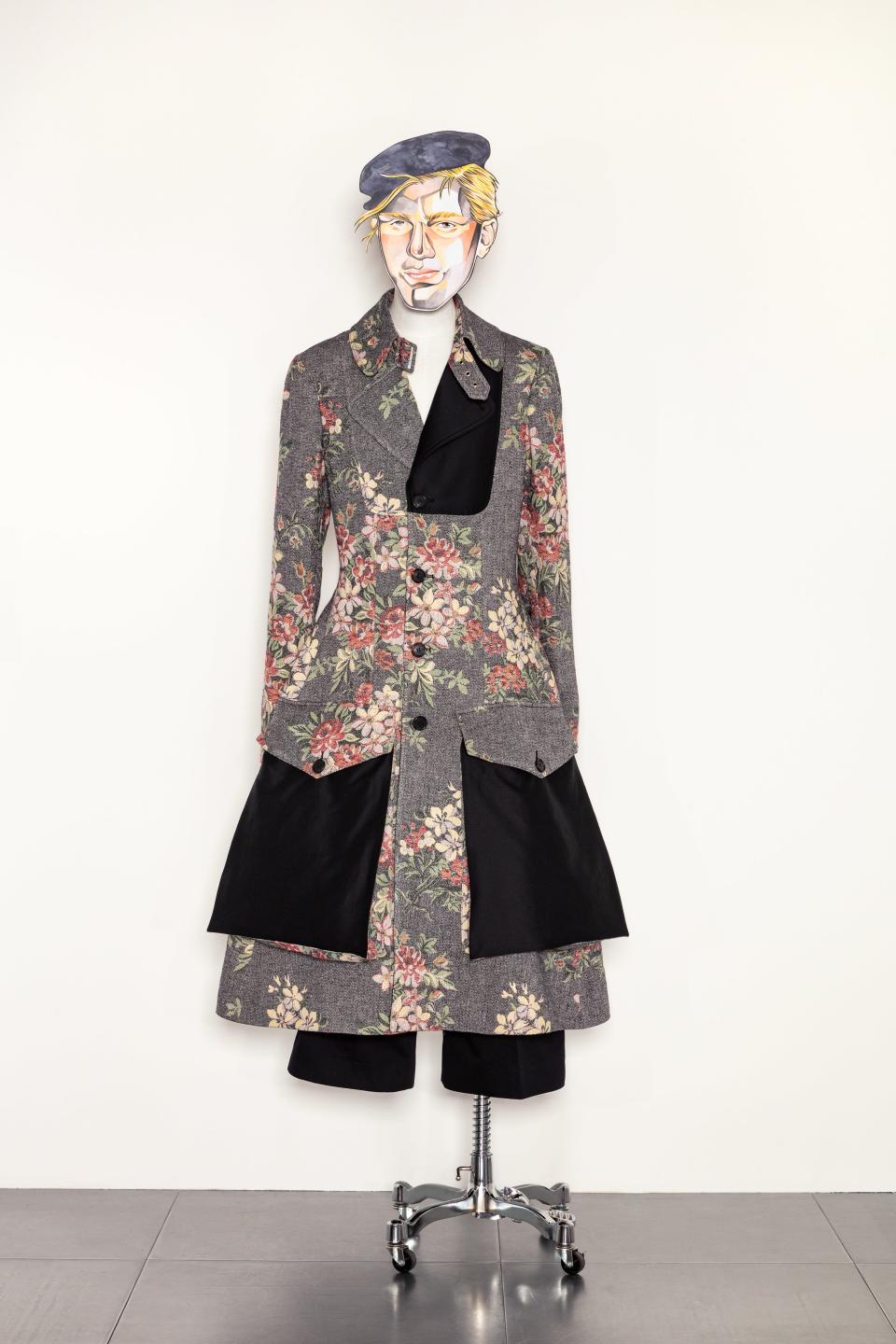What If Digital Fashion Week Is the Best Fashion Week Ever?
Fashion designers are often at their creative best when they binge on excess—cigarettes and other vices, sure, but also budgets, price tags, colors, silhouettes. For most of its history, fashion has operated in this creative mode, with rock star–like designers presiding over Coachella-like fashion weeks. Over the past two decades, a spirit of indulgence has given way to resolute excess. Even luxury brands that barely scrape by are expected to propagate an image of bountiful spending, and the eternal vacation.
Far fewer designers are interested in embracing the creativity that comes from limitation—before this year, upcyclers like Xuly Bët’s Lamine Badian Kouyaté and Marine Serre were perhaps the only minds who really worked in the metier of doing more with less. But now, with a pandemic restricting travel and group gatherings, and a global civil rights movement yanking flimsy political gestures back to earth, menswear designers showing their Spring/Summer 2021 collections, and couture designers presenting theirs for Fall 2020, are forced to work in the mode of making do. Even Hermès, which is basically French for “the best,” and which made it through the miasma of the past five months with sterling financial stability and dignity intact, joined the less-is-most brigade. (Rather than furloughing or laying off workers, as many of its peers did, Hermès continued to pay its 15,500 employees around the world, in part by cutting a planned dividend increase for shareholders. Its signature scarves also became an unlikely icon of lockdown, a sybarite’s defiant answer to the medical anonymity of the face mask.) The announcement of a season of digital-but-not shows—dubbed “phygital”; groooooan—didn’t sound promising. But the handful of shows so far make me wonder if fashion should always be like this.
A brand of Hermès’s size could easily charge ahead with business as usual, since business is so good, but on Sunday morning, it showed a testament to playful thinking. Working with theater director Cyril Teste, artistic director Véronique Nichanian livestreamed an elegant stroll through its collection in Pantin, the brand’s airy Paris atelier. It was sweet, elegant, and light, a demonstration of the achievements possible when fashion turns inward, prioritizing craft over spectacle. “Recent events and their damaging effects on the fashion world have not gotten me down,” Nichanian said in an interview released by the brand. “Quite the opposite in fact; I feel like the current situation is one from which we can all extract new wisdom, and a new momentum. I have always believed it takes time to create clothes that last, that age well, that are more than merely functional and for which we feel real affection.” The show was intended, Teste said, “to accentuate the instant,” but there was nothing disposable about it. Nichanian added: “The frantic aspect of fashion does not interest me in the slightest.” Amen.



That was evident in the clothes, which benefited from both the cinematography and Nichanian’s decision to make 18 looks instead of the standard 40-something. There was a beautiful pale sea foam ribbed knit, easy wide-legged pants (if high-fashion JNCOs are the potbellied and checked-out Pooh Bear, these are the suave, tuxedo-clad one), crisp and light poplin shirting and jackets, two very beautiful printed shirts…and a very zesty handful of shirt-weight blazers tucked into drawstring pants. It’s Spring 2021’s first free fashion trend: Do try this at home! The lingering gaze of Teste’s camera has far more patience than the average fashion editor, doting on a very good sandal, a perfect luxury specimen of the strappy leather shoe that’s brought generations of cool dudes to Paraboot every summer. It was mandal porn!
Hermès is a very hot menswear brand right now. Even pre-pandemic, the scarves, particularly those by the Texan former postal worker Kermit Oliver, had a cult following; their bags are fetish objects for rappers and other menswear obsessives. It would be interesting to see the brand embrace a little bit of that fandom. But regardless, the video showed the emotional charge of creativity in fashion right now—even for a house like Hermès, which moves with slow consideration and a sense of humanity, there is an urgency to really show something of itself in this odd and tragic moment.
Which brings us to Dior’s Fall 2020 Couture show film: a flashy, fantastical romp in which two good-looking bellhops carry a doll’s house of couture miniatures and sell them to mermaids, sirens, people who are half tree, and other mythical creatures. Talk about an untapped market! Intriguingly, at this loaded time in history, Dior creative director Maria Grazia Chiuri freed herself from the political messaging that tends to animate her collections—this was all about the fantasy.
Speaking of fantasies: I admit that, perversely, I miss the crush of getting into fashion shows, and the ego of seating charts, the rush to kiss the ring of the designer backstage at the end. But it’s fun to watch these shows and text with your friends. It’s a new kind of fashion community. I kept thinking about how I took in that Hermès video with a consideration that the usual fashion show works against. The production was worthy of the products. I thought, What if this is the funnest season of fashion shows ever?!



Not everyone has the budget of Hermès or Dior, of course. Late last week, Jonathan Anderson presented his eponymous line’s Spring/Summer 2021 menswear and women’s resort 2021 collections on dress forms with masks by Pol Anglada (men’s, churlish and mischievous) and Bertjan Pot (women’s, like abstracted tribal masks). I loved seeing the interplay between the two collections, especially a floral coat with big flat pockets that reminded me of those little shoulder bags Brad Pitt carries, and a totally crazy yellow-and-red striped tunic top with train-like sleeves. Just before the pandemic, menswear showed a season of perhaps unprecedented exuberance, with designers like Anderson, Rick Owens, and Dries Van Noten pivoting away from hegemonic designer diktats and toward fantasy, personal expression, even playing dress-up. Mixed with the little existential ponderings about grail culture that many menswear heads are feeling, the shows made me think we might be entering a period where personal style becomes a political mandate. Where would you wear a striped JW Anderson tunic with floor-length sleeves? When you can’t go anywhere, that question is utterly moot—why let circumstance determine your clothes, when your identity is all you have?



At protests and on the global political stage, we’re seeing a vilification of the idea of the uniform—a concept that has always been suspect but, you know, from time to time, like in that Robert Palmer video, has been kinda cool. Perhaps designers will give us the wild keys to follow no rules—no Roger Stone with his fanatical dedication to obscure tailoring laws, no hateful groups in Hawaiian shirts, no MAGA caps. Sameness in style is now a threat. We are rethinking everything, questioning everything. Never has it been so exciting to be in the accelerated churn of change, where difference and individuality are signs of progress.
Originally Appeared on GQ

